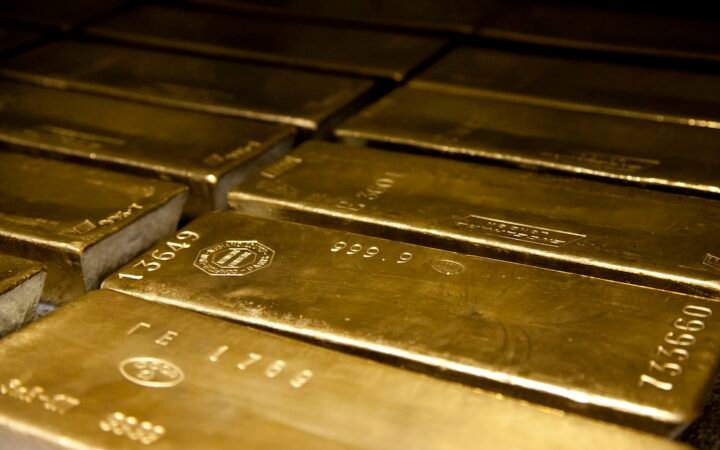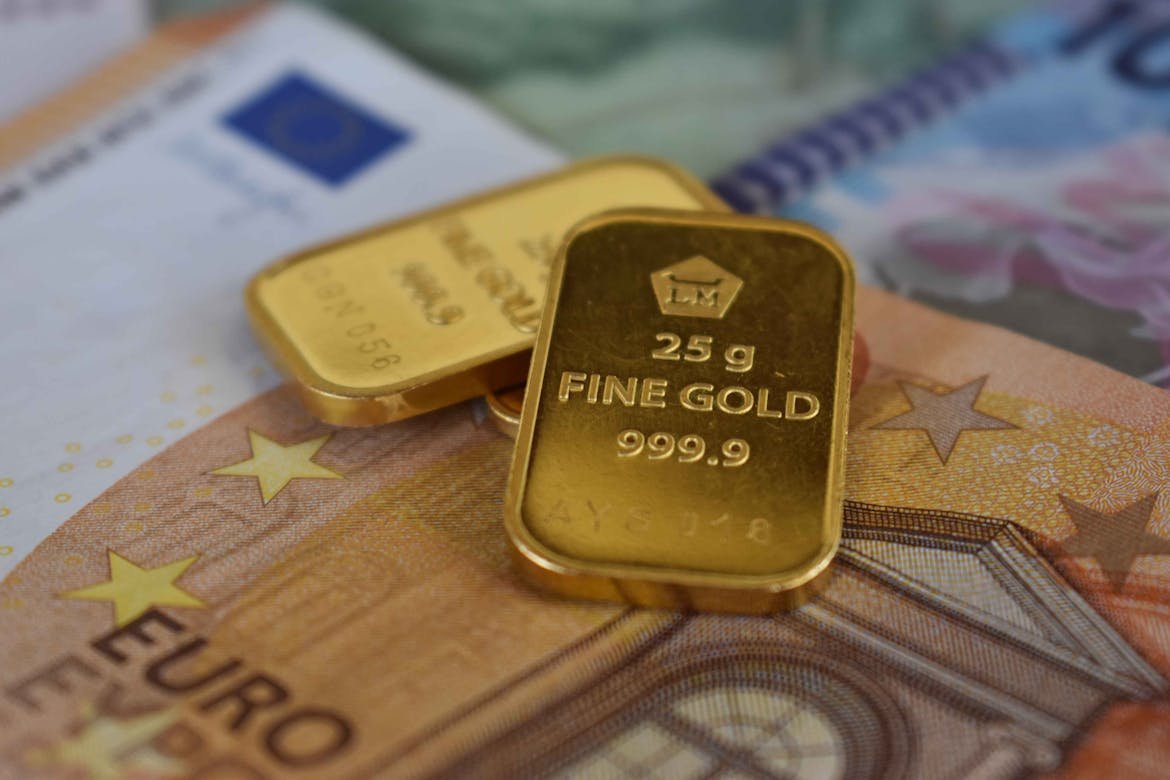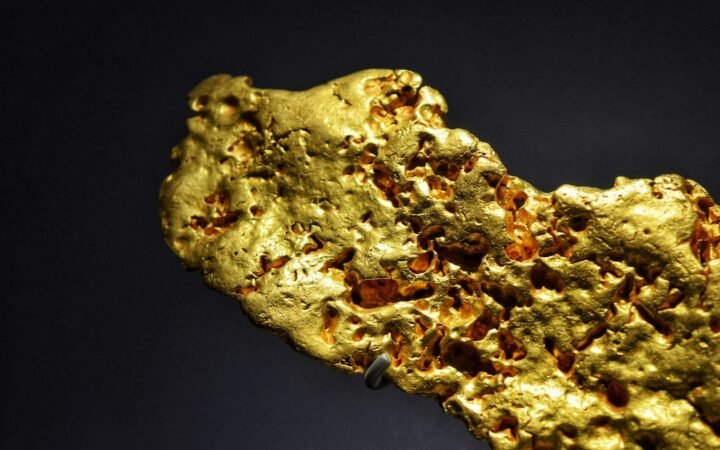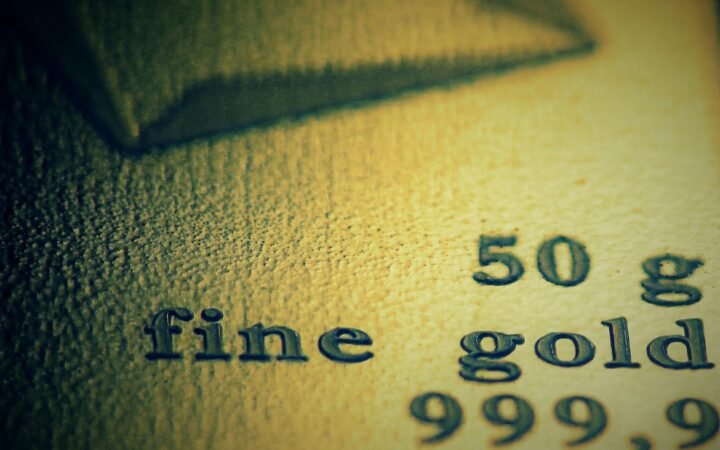
Gold prices surged beyond $4,000 per ounce for the first time ever, extending a powerful rally driven by global instability, falling bond yields, and expectations of additional U.S. rate cuts. The milestone underscored gold’s enduring appeal as a store of value during times of financial stress.
Spot gold hit an intraday record near $4,015 before settling around $4,000 late Monday, with futures following closely. The metal rose roughly 50% in 2025, supported by geopolitical tensions, monetary easing, and record central bank purchases.
The surge came as investors braced for further Federal Reserve rate reductions following September’s 0.25% cut. Markets had priced in two additional cuts before year-end, betting the Fed would continue to ease as growth moderated and political risk increased.
Why Gold Keeps Climbing
Gold’s rally was fueled by several overlapping factors. The prospect of a prolonged U.S. government shutdown, political uncertainty in France, and shifting fiscal policies in Japan all heightened risk aversion. Central banks, particularly in Asia, continued to buy aggressively, while the dollar’s weakness made gold more affordable to foreign investors.
Gold also benefited from a dramatic acceleration in its long-term price trend. Between October 2009 and January 2024, it took nearly 15 years for gold to double from $1,000 to $2,000. But in just 14 months, it climbed another $1,000 to reach $3,000 around March 2025. Since then, the metal has added another $1,000 in just over seven months — the fastest climb in modern history — as it breached $4,000 this week.
This rapid rise drew attention from both institutional and retail investors, many reallocating from equities into commodities as a hedge against currency risk and inflation uncertainty.
What the Record Means for Markets
Analysts said the $4,000 mark was both psychological and structural. Goldman Sachs recently raised its December 2026 gold forecast to $4,900 per ounce, citing long-term support from global reserve diversification and fiscal imbalances.
J.P. Morgan had projected an average gold price of around $3,675 per ounce for the fourth quarter of 2025, noting potential for sustained highs if the Federal Reserve maintained a dovish policy path. However, analysts cautioned that any rebound in the U.S. dollar or signs of economic resilience could trigger short-term pullbacks.
Mining companies and gold ETFs have surged alongside the metal, reflecting renewed investor appetite for physical and paper gold exposure. The broader commodities market is now watching whether this rally will persist — or if $4,000 represents a plateau before consolidation.
As previously covered, investors are increasingly turning to hard assets amid weakening global growth signals. Gold’s meteoric climb from $3,000 to $4,000 in just seven months underscores how quickly sentiment can shift when markets lose faith in policy stability.




